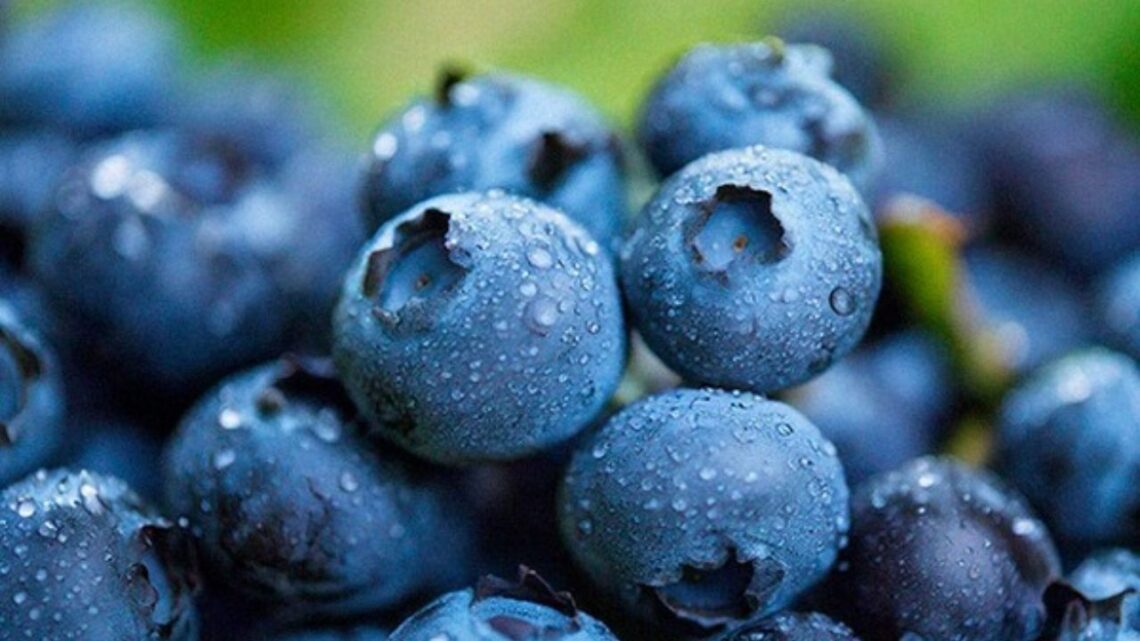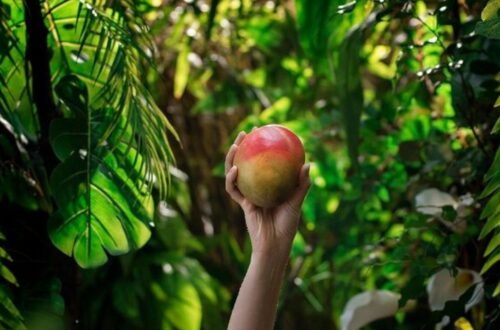Peru has once again proven its dominance in the global blueberry market, achieving a record-breaking performance between May and September 2025.
According to official figures, the country exported 135,000 tons of blueberries—an impressive 92.9% increase compared to the same period in 2024.
With this momentum, Peru is poised to surpass 400,000 tons of total exports by March 2026, reaffirming its place as the world’s top blueberry exporter.
This remarkable growth not only reflects Peru’s agricultural strength but also its commitment to quality, innovation, and market diversification.
Unprecedented Growth and Global Reach
Peru’s strong harvests and expanded certification have boosted output to record levels. Senasa, the National Agrarian Health Service, confirmed that the country shipped blueberries to 38 international markets this year.
The United States, the Netherlands, and China together accounted for 83% of total exports, with China showing increasing demand for premium-sized fruit.
New markets like Bolivia and Indonesia joined the buyer list in 2025, while ongoing phytosanitary negotiations aim to unlock access to Vietnam, New Zealand, and Japan.
| Export Details (2025) | Data / Remarks |
|---|---|
| Export period | May – September 2025 |
| Total exports | 135,000 tons |
| Growth rate | +92.9% year-on-year |
| Projected total by March 2026 | 400,000 tons |
| Number of markets reached | 38 |
| Top importers | U.S., Netherlands, China (83% combined) |
| New destinations | Bolivia, Indonesia |
| Negotiations underway | Vietnam, Japan, New Zealand |
Expanding Production and Regional Strength
Peru’s success comes from both strategic expansion and regional specialization. So far, 83 packing plants have been authorized and over 22,000 hectares of cultivation have been officially certified for export.
The country now grows around 65 blueberry varieties, though about 80% of production comes from nine key types: Ventura, Biloxi, Sekoya Pop, Rocio, Magica, AtlasBlue, Emerald, Rosita, and Sekoya Beauty.
1. Main Production Regions
| Region | Share of National Output |
|---|---|
| La Libertad | 45% |
| Lambayeque | 27% |
| Ica | 15% |
| Others (Lima, Ancash, Piura, Moquegua, Arequipa) | 13% |
These regions enjoy favorable climates, robust irrigation networks, and advanced farming technologies that allow for year-round harvests.
Market Share and Global Standing
In the 2024-2025 season, Peru held a 31% share of the global blueberry market, outpacing Chile, Spain, and Morocco (each around 8%) and the United States (7%).
With ongoing expansion and new trade partnerships, Peru is expected to maintain—and possibly increase—its global dominance.
However, the surge in production has created pricing pressures worldwide.
Larger export volumes have caused slight declines in average export prices, prompting the industry to focus on value-added differentiation—such as premium labeling, organic certification, and cold-chain logistics—to sustain profitability.
Leadership and Future Goals
Vilma Gutarra, head of Senasa, emphasized that the agency will continue to strengthen phytosanitary standards, open new international markets, and consolidate Peru’s image as a premium blueberry supplier.
The government’s vision is to make blueberries a symbol of Peru’s modern agricultural transformation, powered by science, sustainability, and export excellence.
Peru’s blueberry industry has entered a new era of global prominence. A 92.9% export surge, certification of thousands of hectares, and expanding global reach illustrate a story of ambition and resilience.
While challenges remain—such as price stabilization and logistics—Peru’s strategy of diversification and quality control positions it strongly for the future.
If growth continues, by March 2026 Peru could not only export over 400,000 tons but also set a global benchmark for innovation and agricultural success.









